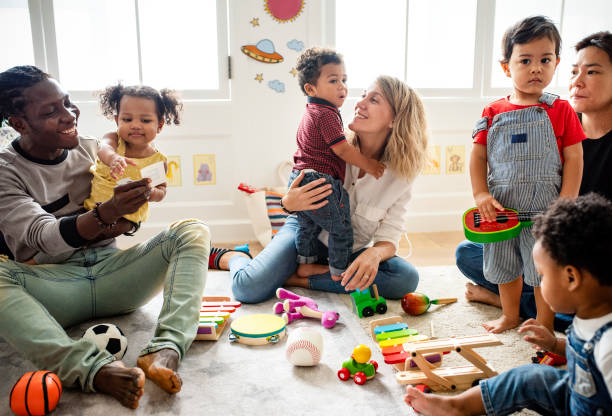Have you ever watched your little one proudly share their favorite toy or declare, “That’s my favorite color!” and wondered how you can nurture that budding sense of self? We’ve all been there, trying to encourage our toddlers and preschoolers to express who they are, while also keeping them entertained and learning. Welcome to She Is A Good Mommy Blog, where we understand the joys and challenges of motherhood.
All-about-me activities are not just fun, they’re essential for building self-awareness and confidence in our young ones. In this article, we’ll explore 20 creative activities that will help your child articulate their unique likes, dislikes, and dreams in the most delightful ways!
From crafty collages to playful games, you’ll find inspiration that is sure to spark joy in your home. Curious to see which activity will become your child’s favorite? Dive in and prepare to witness some heartwarming self-discovery!
1. Name Game Fun

One of the most delightful ways to help toddlers and preschoolers recognize their names is through engaging name games. As a mom, I’ve found that incorporating their name into playful activities not only boosts their confidence but also lays a foundation for early literacy skills. 📝
Start by creating simple, interactive name puzzles. Write each letter of your child’s name on separate pieces of colorful paper. Mix them up and encourage your child to arrange them in the correct order. This activity not only reinforces letter recognition but also gives them a sense of achievement when they see their name come together.
Another fun idea is the “Name Song.” Set their name to the tune of a familiar nursery rhyme or simple melody. Sing it together during playtime or while getting ready in the morning. This repetition helps them remember the letters and sounds in their name, making it a playful learning experience. 🎶
- Write each letter of your child’s name on a piece of paper.
- Mix them up and ask your child to put them in order.
- Celebrate their success with a little dance or song!
These name games don’t just aid in learning; they also open up opportunities for quality bonding time. Remember, every little step counts, and these activities are a wonderful way to celebrate your child’s individuality. Keep embracing the journey, and enjoy every moment of discovery and joy together! 🌟
2. Family Photo Collage

Creating a family photo collage is a delightful way for toddlers and preschoolers to learn about their family members while enjoying a creative activity. One mom, Jessica, shared how she transformed a rainy afternoon into a heartwarming project with her three-year-old, Ethan. Together, they gathered family pictures, magazines, and colorful paper to start their collage journey.
To make a memorable family collage, follow these simple steps:
- Gather photos of family members from vacations, celebrations, or everyday moments.
- Provide your child with safe scissors and let them help cut out the pictures.
- Use a large sheet of paper or poster board as the base, and encourage your child to arrange the photos as they like.
- Glue the pictures down and add decorations like stickers, drawings, or glitter for extra pizzazz.
Benefits: This activity fosters creativity and fine motor skills for children while offering parents a cherished keepsake. It also sparks conversations about family history and shared experiences, which can be incredibly bonding.
Remember, the goal is to have fun and create something unique together. As you watch your child explore and express themselves, you’re building a foundation of love and connection that will last a lifetime. Keep the glue handy and enjoy the process!
3. Favorite Color Hunt
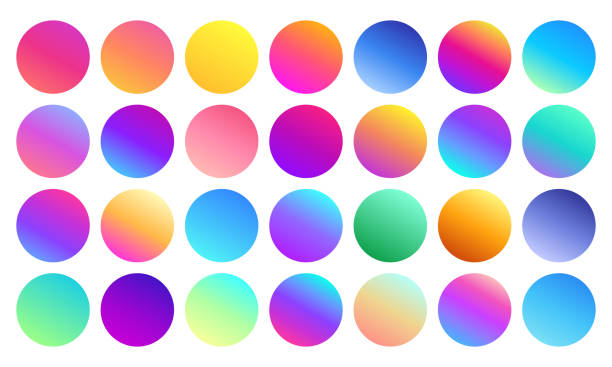
A “Favorite Color Hunt” is a delightful way to engage your toddler or preschooler in exploring the vibrant world around them. As a mom, I found this activity not only fun but also a fantastic bonding opportunity. To start, choose a sunny day and head outdoors or explore different rooms in your house. Ask your little one to pick their favorite color, then embark on a scavenger hunt to find objects matching that hue.
- Begin by gathering a small basket or bag for collecting items.
- Encourage your child to spot and gather items that match their chosen color, like a red toy car or a green leaf. 🌿
- Discuss each find. Ask questions like, “What else is this color?” to spark conversation and curiosity.
This activity not only enhances color recognition but also boosts observational skills and promotes language development. Plus, it’s a chance for parents to slow down and see the world from their child’s perspective.
Remember, it’s the shared laughter and discoveries that make these moments special. Embrace the opportunity to nurture your child’s curiosity and creativity, one colorful adventure at a time. 💖
4. Handprint Art Activity

One delightful way to capture your little one’s tiny hands and their creative flair is through handprint art. Moms like Sarah from Austin, Texas, swear by this activity for its simplicity and the joy it brings to both parent and child. All you need is some non-toxic paint, paper or canvas, and a little imagination. 🎨
To start, lay down a protective sheet to catch any spills. Then, guide your child to dip their hand in the paint and press it onto the paper. As they create, encourage them to explore with colors and patterns. This not only strengthens their fine motor skills but also boosts their confidence as mini-artists.
- Choose a vibrant color palette that excites your child.
- Let them experiment with different hand placements and strokes.
- Once dry, frame the masterpiece as a cherished keepsake.
Benefits abound: while kids enhance their hand-eye coordination, parents get a treasured artwork that marks a moment in time. It’s a win-win! 😊
Embrace the mess, celebrate the creativity, and remember—these tiny hands won’t stay small forever. Capture the magic today!
5. My Feelings Chart

Helping your toddler or preschooler understand and communicate their feelings can be challenging, but creating a “My Feelings Chart” is a fantastic tool to tackle this. As a mom, I’ve found that incorporating this activity into our daily routine has been a game-changer. Start by drawing simple faces on a chart: happy 😊, sad 😢, angry 😡, and calm 😌. Let your child point to or place a sticker on how they feel each day.
Here’s how you can create your own chart:
- Grab a large piece of paper or a poster board.
- Draw or print faces that represent different emotions.
- Hang the chart at your child’s eye level to encourage interaction.
- Discuss each emotion and offer examples from daily life.
- Regularly check in with your child and adjust the chart as needed.
Engaging with the chart helps children recognize and express their feelings, boosting emotional intelligence and communication skills. For parents, it opens up meaningful conversations and strengthens the parent-child bond.
Remember, the goal is not to rush but to gently guide your little one through their emotional journey. Embrace the process, and you’ll witness a positive shift in how your child communicates their feelings. Let’s celebrate these milestones together! 🌟
6. Personalized Storybook

Creating a personalized storybook is a magical way to captivate your child’s imagination while fostering a sense of self-awareness. Picture this: your toddler flipping through pages where they are the hero of the story, embarking on adventures and discovering new worlds. It’s a heartwarming tool that not only entertains but also builds self-esteem.
From a mom’s perspective, finding these storybooks online or in local bookstores is easier than ever. You can customize elements like your child’s name, favorite activities, and even include family members as characters. This personal touch makes reading time truly special.
- Choose a reliable platform or bookstore that offers customization.
- Involve your child in the process by asking about their favorite themes or characters.
- Read together and encourage your child to narrate or predict what happens next.
These storybooks aren’t just about bedtime; they’re a gateway to building narrative skills and sparking creativity. Plus, the bond you form during these storytelling sessions is priceless. 📚✨
Remember, the goal is to make your child feel valued and seen. By highlighting their unique traits, you’re nurturing a confident, imaginative little thinker. So, dive into the world of personalized stories and watch your child’s eyes light up with wonder!
7. Birthday Timeline Craft

Creating a birthday timeline craft with your child can be a delightful way to help them understand the concept of time and celebrate their growth. This activity involves making a visual timeline of your child’s life, highlighting each birthday with photos and memories.
Start by gathering photos from each of your child’s birthdays. As a mom, I found it heartwarming to reminisce over those precious moments. My son giggled endlessly at his cake-smeared face at his first birthday. 🥳
- Print photos and arrange them chronologically on a long sheet of paper or poster board.
- Encourage your child to decorate each “year” with stickers, drawings, or little notes about their favorite memories.
- Discuss significant milestones from each year to help them understand how they’ve grown. 🌱
This craft not only strengthens bonding through shared memories but also fosters a sense of identity and self-awareness in your child. It’s a creative way to teach them about the progression of time while celebrating their unique journey. 💖
Embrace this opportunity to connect with your child and watch as they proudly recount their own story. Remember, the joy is in the journey! 🌟
8. All About Me Poster
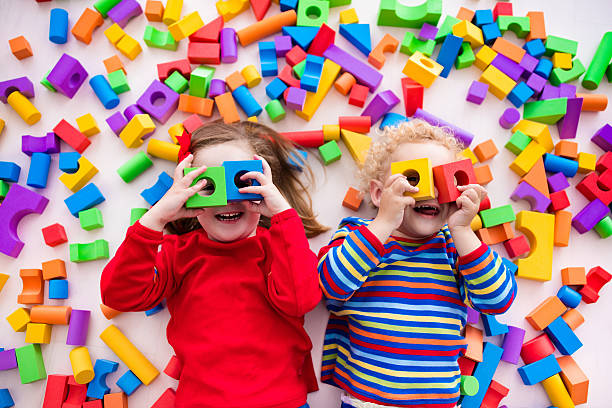
Creating an “All About Me” poster is a delightful way to help your little one express their uniqueness. As a mom, watching my kids light up while crafting their posters has been one of my favorite activities. 🎨 To get started, gather some colorful paper, markers, stickers, and photos. Encourage your child to share details like their favorite food, color, or what makes them happy.
- Begin by asking your child to draw a self-portrait in the center of the poster. This helps them practice fine motor skills and boosts self-awareness.
- Next, let them glue on pictures or draw things they love, such as their favorite animal or toy. This step fosters creativity while allowing you to have meaningful conversations about their interests.
- Finally, add a section with family photos or a handprint to make it extra special. This creates a sense of belonging and family connection. ❤️
Not only does this activity provide a creative outlet, but it also serves as a wonderful keepsake. You can hang the poster in their room, giving them a sense of pride and accomplishment every time they see it.
Remember, these moments of creativity and self-expression are invaluable. Embrace the mess and enjoy the journey as you discover more about your little one’s world. 🌟
9. Daily Routine Puzzle
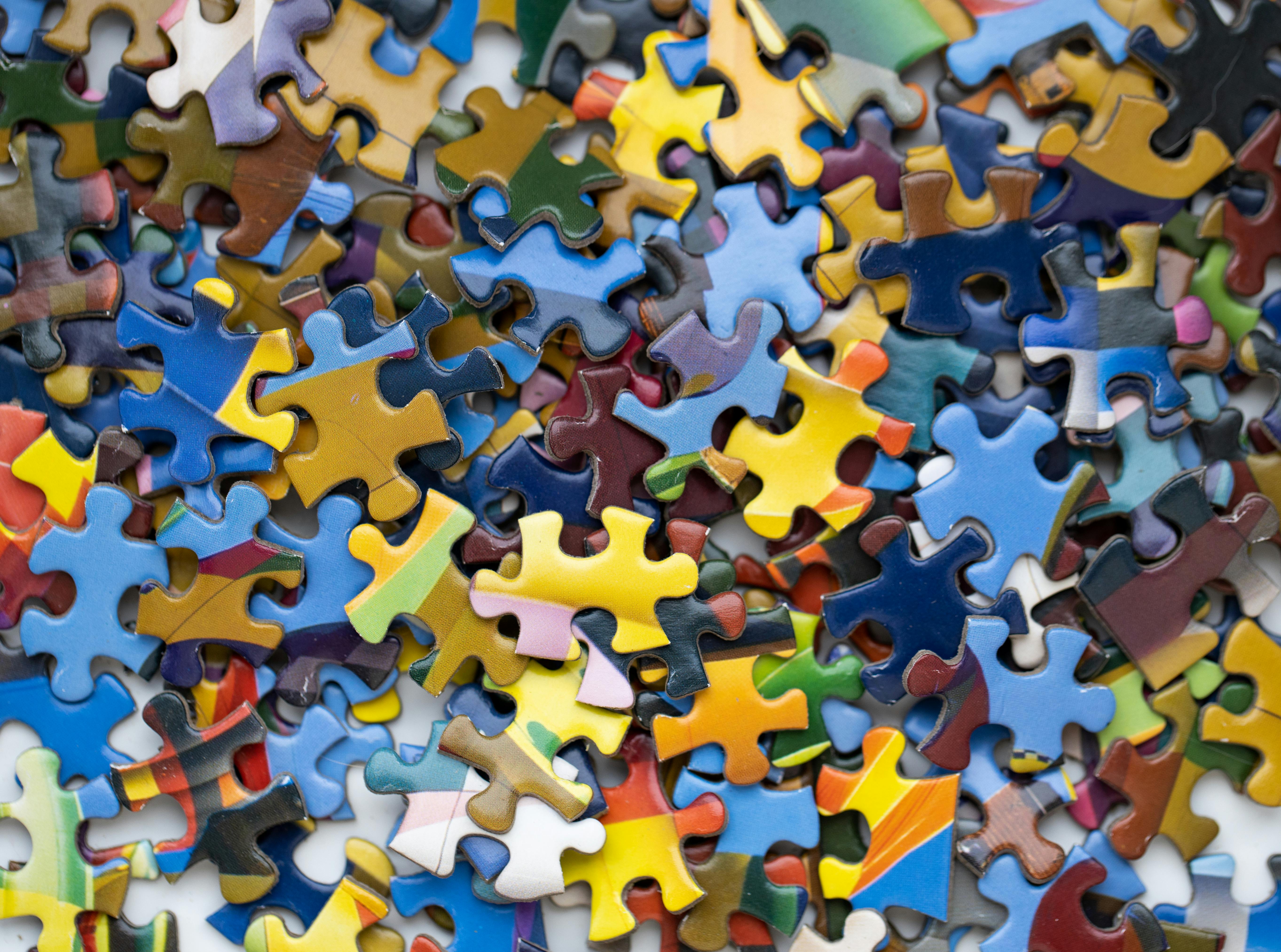
Creating a daily routine puzzle can transform your child’s understanding of time and sequence into a fun, engaging activity. As a busy mom, I found that visualizing our day helped my toddler feel more secure and independent 🚀. To get started, gather simple images or drawings that represent different parts of your daily routine—like a sun for waking up, a toothbrush for brushing teeth, or a book for reading time 📚.
Here’s how you can make it work:
- Identify Key Moments: Pick parts of the day that are consistent and meaningful, such as meals, naps, and playtimes.
- Create Visuals: Use colorful paper or print images that your child can easily recognize.
- Assemble the Puzzle: Arrange these visuals on a board in the order of your routine. Let your child help place them, encouraging their involvement.
By turning daily tasks into a puzzle, your child will not only learn sequencing skills but also enjoy a sense of accomplishment each time they complete the routine. This activity fosters independence and reduces resistance to transitions, making your day run smoother 🏃♀️.
Remember, every child is different. Adjust the complexity of the puzzle to suit your child’s age and interest. With patience and creativity, you can turn everyday routines into joyful bonding moments. Keep going, mama! You’ve got this ❤️.
10. Self-Portrait Drawing
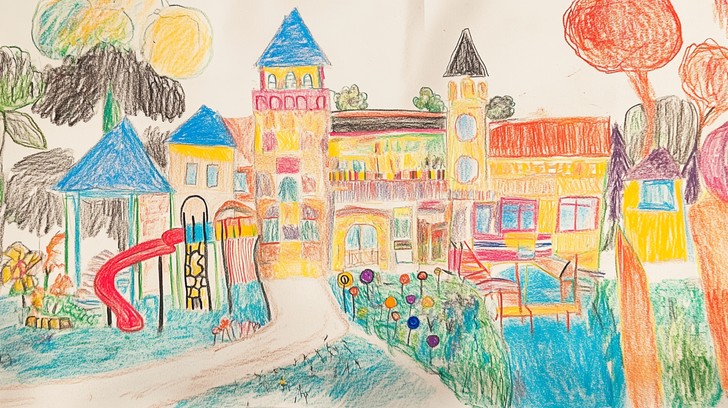
Encouraging your toddler or preschooler to create a self-portrait is a delightful way to nurture their self-awareness and artistic expression. This activity doesn’t just involve drawing; it’s a journey into their self-perception with each colorful line and scribble.
As a mom, watching your little one sketch their unique features can be both heartwarming and insightful. For instance, when my daughter first drew herself, I noticed she added extra curly hair just like mine. It was a beautiful reminder of how closely she observes the world around her. 🖍️
- Set up a drawing station with mirrors, crayons, and paper.
- Encourage your child to look in the mirror and draw what they see.
- Ask them to describe their drawing, prompting thoughts about eye color, hair, and even their favorite shirt.
This activity fosters fine motor skills and boosts confidence as children learn that their unique traits are special and worth depicting. It’s also a precious bonding moment as you both share laughs over the quirky details they capture.
Remember, the goal is not perfection but self-exploration. Celebrate their creativity, and watch as they surprise you with each masterpiece! 🌟
11. Favorite Foods Bingo
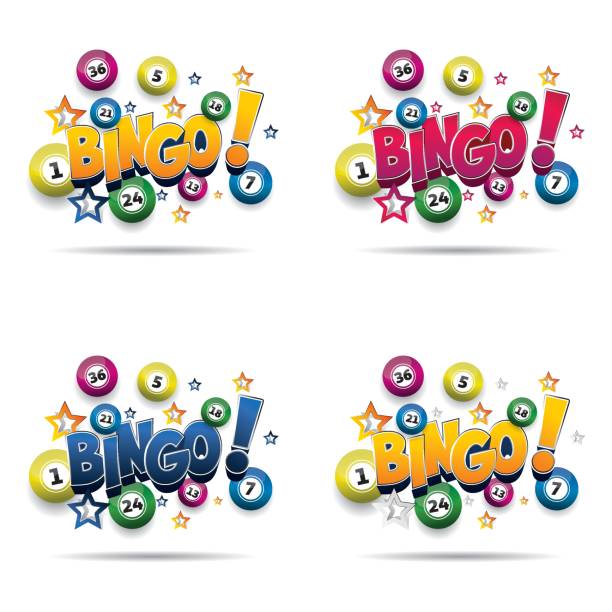
Imagine turning lunchtime into a fun game with “Favorite Foods Bingo”! As a busy mom, I found this activity to be a fantastic way to engage my little ones while encouraging them to try new foods. Simply create a bingo card with pictures of various foods, including your child’s favorites and a few they’ve been hesitant to try.
To play, prepare small portions of each food item and place them on a plate. Whenever your child eats one, they can mark it off their bingo card. This game is not only exciting but also helps in expanding their palate. 🎲🍎
- Draw or print a simple bingo card with food images.
- Prepare a plate with small samples of each food.
- Encourage your child to taste and mark off their card.
- Celebrate with a dance or sticker when they get a “bingo”!
The benefits of this activity are twofold: it encourages picky eaters to try new foods in a non-pressuring way and gives you a moment to enjoy the meal without endless negotiations. Plus, it’s a great opportunity to talk about colors, shapes, and textures, making it educational too. 🌈🥦
Engaging in “Favorite Foods Bingo” can transform mealtime from a chore into a cherished family ritual. Remember, every small step in trying new foods is a win. Keep it light-hearted, and soon enough, meals will become moments of joy and exploration. 🥳🍇
12. My Hobbies Journal
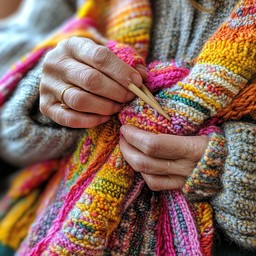
Encouraging your child to create a “My Hobbies Journal” is a delightful way to nurture their growing interests while enhancing language and fine motor skills. As a mom, I found this activity to be a treasure trove of insights into my child’s world. From collecting leaves for a budding nature lover 🌿 to doodling cars for a little motor enthusiast 🚗, the possibilities are endless.
To start, gather some basic supplies like a blank journal, crayons, stickers, and markers. Invite your child to decorate the cover, making it uniquely theirs. Then, allocate a weekly “journal time” where they can draw or write about their favorite activities or new experiences.
- Encourage them to express themselves freely without worrying about spelling or grammar.
- Join them by sharing your own hobbies, creating a bonding moment.
- Regularly revisit past entries, celebrating growth and evolving interests.
For parents, this journal acts as a cherished keepsake, capturing the essence of childhood curiosity. It also provides a structured routine, offering a glimpse into your child’s evolving passions, which can guide future learning activities.
Remember, the goal isn’t perfection but exploration. By valuing their interests, you’re fostering a sense of self-worth and confidence. Let this journal be a celebration of what makes your child unique 🎉!
13. Letter to Myself

Engaging your toddler or preschooler in writing a “Letter to Myself” can be a heartwarming activity filled with discovery and giggles. Imagine sitting down with your child and asking them what future messages they’d like to read about themselves. This activity not only builds self-awareness but also enhances language skills. 📝
Consider the experience of Sarah, a busy mom of two, who found this activity a delightful way to connect with her kids. She gathered colorful stationery and helped her children express their hopes, favorite things, and dreams for the future. Sarah’s kids loved decorating their letters with stickers and drawings, making the process even more personal and fun. 🎨
- Start by setting up a cozy corner with all the writing supplies.
- Encourage your child to talk about things they love about themselves. This boosts their confidence! 🌟
- Write together, letting them dictate or scribble their thoughts.
- Seal the letter and store it in a safe place to open in the future.
The benefits are twofold: children develop a strong sense of identity and parents cherish these moments of insight. As you guide your child through this exercise, you’re not just crafting a letter—you’re nurturing their self-esteem and creativity. 🌈
Remember, each word penned down is a step toward a confident, self-aware child. Celebrate their unique journey and enjoy the bonding experience! 💌
14. Personalized Music Playlist
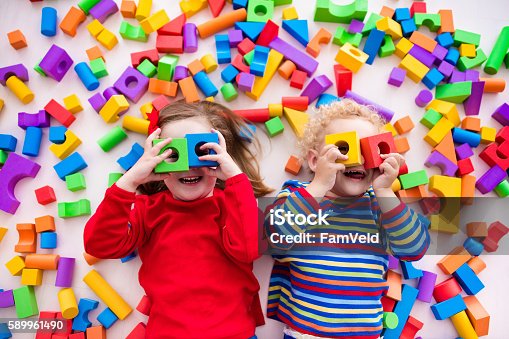
Creating a personalized music playlist can be a delightful way for toddlers and preschoolers to express their individuality 🎶. Imagine a rainy afternoon transformed into a dance party with tunes that your little one loves! This activity not only nurtures their musical taste but also provides a fun bonding experience for the whole family.
Take it from one mom who shared, “My son loves dancing to his playlist every morning. It sets a joyful tone for the day!” To get started, sit down together and explore different genres and artists. Encourage your child to pick out songs they enjoy, whether it’s a Disney classic or a lively nursery rhyme.
- Use a music streaming service to create a new playlist.
- Spend a moment each day adding a new song that caught your child’s interest.
- Schedule a weekly family dance party to enjoy the playlist together.
Not only does this activity promote a love for music, but it also helps children develop decision-making skills as they choose their songs. Plus, it’s an excellent way to introduce them to diverse cultures and sounds.
Remember, the joy of music is universal, and sharing it with your child can create lasting memories. So go ahead, hit play, and watch your little one’s face light up with every beat!
15. Memory Box Creation
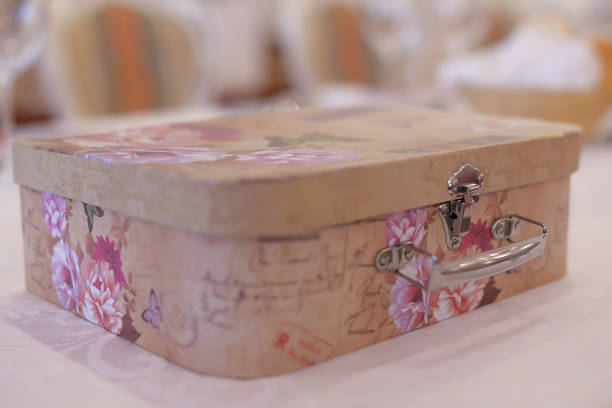
Creating a memory box with your toddler can be a heartwarming journey of discovery and bonding. Imagine the joy of opening a box filled with treasures from their childhood years later! Jennifer, a mom of three, shared her experience of starting a memory box for her youngest, Emily, when she was just two. It became a beautiful ritual during quiet afternoons.
To start your own, gather items like a special shell from a beach trip, a favorite drawing, or even a tiny sock from their first year. Encourage your child to choose what goes in, making it an opportunity to talk about their favorites and why they matter. This activity fosters decision-making skills and cherishes their growing sense of self.
- Choose a sturdy box or container that can be decorated to make it personal.
- Set a regular time, like monthly or seasonally, to add new items.
- Use this time to reminisce and encourage storytelling about each item.
Engaging in this activity not only strengthens bonds but also helps children appreciate their personal history. Each item is a tangible piece of their growth and experiences.
Remember, it’s not about the box being perfect, but about the love and memories it holds. Embrace each moment and watch your memory box fill with treasures and stories. 🌟
16. Dreams and Wishes Board
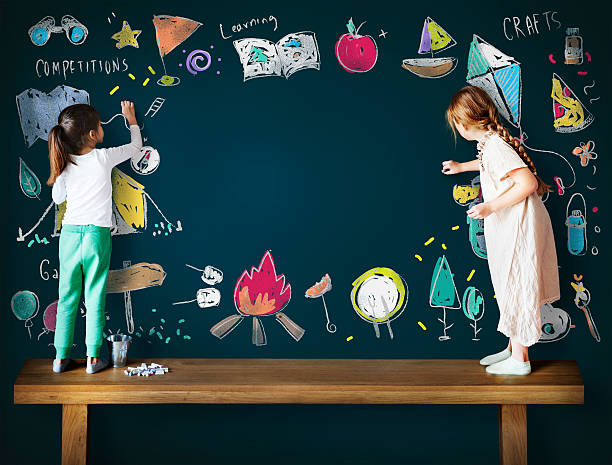
Creating a “Dreams and Wishes Board” can be a magical experience for both you and your child. As a mom, I found this activity opened up a world of imagination and conversation with my little ones. It’s a simple way to explore their dreams and what they hope to achieve, even at such a young age.
Here’s a step-by-step guide to getting started:
- Gather materials such as a poster board, magazines, stickers, and colorful markers.
- Invite your child to cut out pictures or words that represent their dreams or wishes. 🌈
- Help them arrange and glue these onto the board, discussing each choice they make.
- Display the board in a place they can see daily to inspire ongoing conversations.
This activity not only spurs creativity but also builds vocabulary and self-expression. It allows you to learn more about your child’s aspirations and ideas, strengthening your bond.
Remember, the goal is to create a safe space where your child feels comfortable sharing their thoughts and dreams. Celebrate their creativity and watch their confidence blossom! 🌟
17. Footprint Path Print
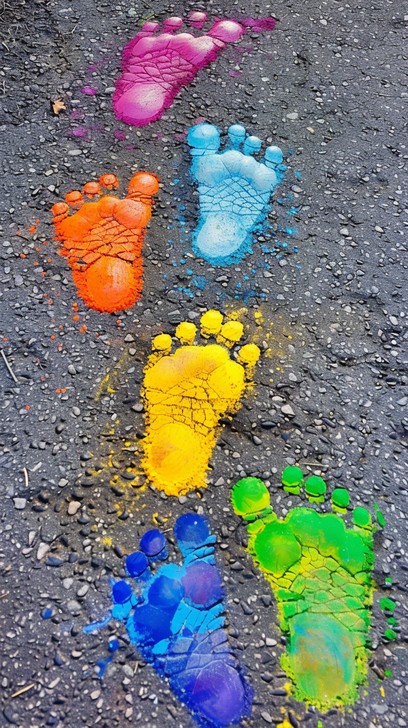
Creating a “Footprint Path Print” is a delightful way to combine fun and learning, capturing your child’s growth while engaging their creativity. Imagine a sunny afternoon, where you and your little one head to the backyard with a roll of white butcher paper and some washable paint. It’s time to make memories!
Start by rolling out the paper on a flat surface. Encourage your toddler to dip their feet into shallow trays filled with different colors. As they step, they’ll leave a colorful trail of footprints. Let them explore different patterns and sequences, sparking conversations about colors and counting.
- Choose a safe, open space for the activity, preferably outdoors to minimize mess.
- Use non-toxic, washable paints to ensure easy cleanup.
- Guide your child to step onto the paper for the first few prints, then let them experiment freely.
These footprint paths are not just about art; they’re a fun way to practice coordination and balance. Plus, they offer a tangible sense of accomplishment as your child sees their path grow.
For parents, it’s a chance to bond and witness the joy of discovery firsthand. As your little one giggles and splashes, remember, these moments are as much about cherishing the journey as the end result. Embrace the mess and creativity, knowing you’re building lasting memories together. 🎨
18. Favorite Animal Safari
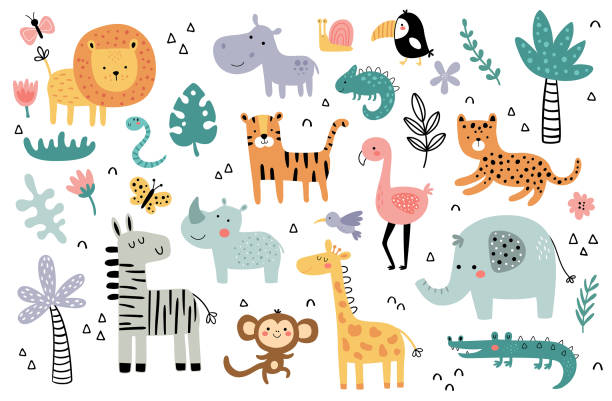
Embark on a “Favorite Animal Safari” with your little ones, turning a simple activity into an adventure! 🦁 Start by asking your toddler or preschooler to pick their favorite animal. Then, gather some art supplies like paper, crayons, and animal stickers to create a safari scene. You can even use toy animals to enhance the experience.
One mom, Sarah, shared how her son, Max, chose elephants. They watched short, age-appropriate videos about elephants, made elephant masks, and even learned a simple elephant song. This sparked Max’s curiosity and widened his understanding of these majestic creatures.
- Choose a favorite animal together.
- Craft a simple animal mask with paper plates and markers.
- Watch educational videos or read a picture book about the animal.
- Create a scavenger hunt in your backyard, pretending to spot the animal.
Not only does this activity enhance creativity and learning, but it also strengthens the bond between parent and child as you explore the animal kingdom together. 🌍
Remember, each safari is a unique journey. Celebrate your child’s choices and discoveries, making it a memorable adventure for both of you! 🐾
19. Family Tree Craft
![]()
Creating a family tree craft is a fantastic way to help your little ones understand their place within the family. This activity not only fosters a sense of belonging but also enriches their knowledge of family history. Sarah, a mom of two energetic preschoolers, found this craft to be a delightful bonding experience. She says, “Watching my kids connect the dots between family members was heartwarming and insightful for us all.”
To get started, gather some basic supplies like construction paper, glue, and markers. Here’s a simple step-by-step guide:
- Draw a large tree with branches on a sheet of paper.
- Write or print out family members’ names and cut them into small pieces.
- Encourage your child to place each name on a branch, explaining each relationship as you go.
- Decorate the tree with leaves, stickers, or even small photos.
As your child learns about family roles, they develop crucial social and emotional skills. This activity also sparks conversations about family traditions and stories, offering you a chance to share beloved memories.
Remember, the goal is to enjoy the creative process together, not to create a perfect art piece. Celebrate your child’s unique understanding of the family with each addition to your tree. It’s these shared moments that plant the seeds for lifelong connections. 🌳
20. My Achievements Wall

Creating a “My Achievements Wall” transforms your child’s accomplishments into a visual celebration. As a mom, I found dedicating a section of the playroom to showcase my child’s small victories, from their first drawing to learning to tie shoelaces, was a joyful journey. It not only nurtures their self-esteem but also gives them a sense of pride. 🎨🏆
To get started, you’ll need some colorful construction paper, markers, and a few adhesive hooks. Involve your child in decorating this space—let them choose the colors and designs. This makes it a collaborative art project and personalizes their achievement display.
- Designate a wall or a portion of it for the “My Achievements Wall”.
- Help your child select what achievements they want to display.
- Use sticky tack or adhesive hooks to attach their work safely.
- Encourage them to update it regularly with new successes.
Witnessing your child’s face light up every time they add to their wall is priceless. It also provides a unique way to track their growth over time. Plus, it’s a conversation starter for visiting family and friends. 🏅
Remember, it’s about celebrating progress in all forms, big or small. Encouraging this habit not only boosts confidence but also instills a lifelong love for learning and achievement. Keep celebrating those milestones together! 🌟
As we wrap up our exploration of the 20 Best All-About-Me Activities for Toddlers & Preschoolers, let’s take a quick moment to remember the delightful journey we’ve shared. From creative self-portraits and personalized storybooks to fun sensory games and meaningful family trees, each activity is designed to nurture your little one’s individuality and spark their curiosity. These activities not only foster self-awareness but also encourage social skills and creativity, providing a well-rounded developmental experience.
Embrace the joy of watching your child discover who they are, all while having loads of fun. Remember, every activity is a stepping stone in building their confidence and understanding of the world around them. So, why wait? Dive in and start creating those magical moments today!
Make sure to Pin this article as your go-to resource whenever you need a dose of inspiration or a quick activity idea. By saving it, you’re equipping yourself with a treasure trove of engaging activities that can be revisited whenever the opportunity arises.
Let this be the beginning of countless adventures where your toddler’s imagination leads the way. Embrace these moments, for they are the building blocks of a bright and beautiful future.

Hi, I’m Sarah West, the voice behind She Is a Good Mommy and a proud mom of two. Through this blog and my Pinterest community (@SheIsAGoodMommy), I share practical parenting hacks, fun toddler activities, and tips for balancing motherhood with self-care.
Parenting isn’t easy, but with positivity, patience, and practical strategies, it can be incredibly fulfilling. My goal is to support fellow moms with ideas and encouragement while reminding you to prioritize your well-being—you deserve it, Mama!

